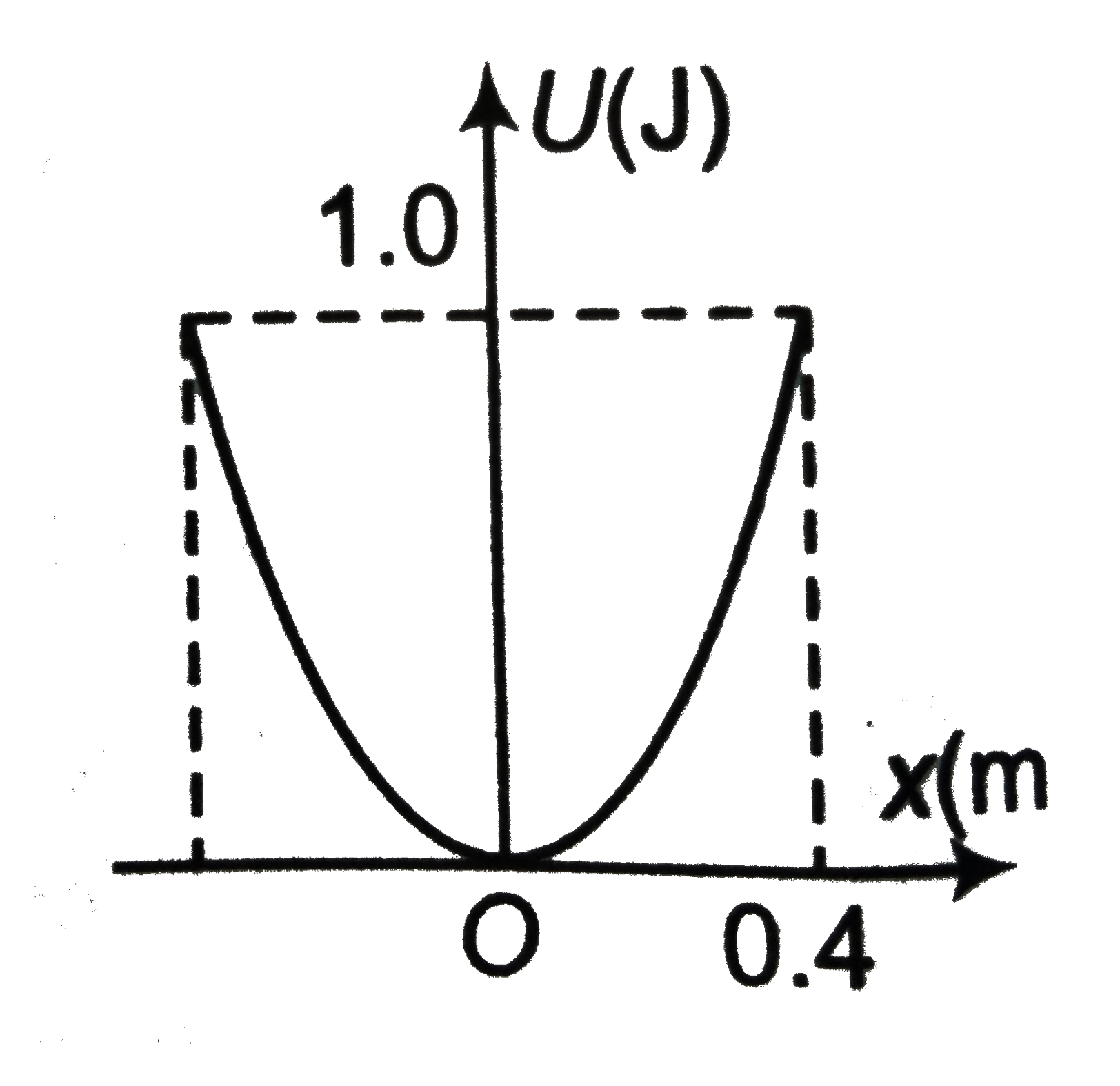A
B
C
D
Text Solution
Verified by Experts
The correct Answer is:
|
Topper's Solved these Questions
SIMPLE HARMONIC MOTION
DC PANDEY|Exercise Level 2 More Than One Correct|8 VideosView PlaylistSIMPLE HARMONIC MOTION
DC PANDEY|Exercise Level 2 Comprehension|2 VideosView PlaylistSIMPLE HARMONIC MOTION
DC PANDEY|Exercise Level 1 Subjective|39 VideosView PlaylistSEMICONDUCTORS AND ELECTRONIC DEVICES
DC PANDEY|Exercise More than One Option is Correct|3 VideosView PlaylistSOLVD PAPERS 2017 NEET, AIIMS & JIPMER
DC PANDEY|Exercise Solved paper 2018(JIPMER)|38 VideosView Playlist
Similar Questions
Explore conceptually related problems
Knowledge Check
Similar Questions
Explore conceptually related problems
DC PANDEY-SIMPLE HARMONIC MOTION-Level 2 Single Correct
- A particle of mass 2 kg moves in simple harmonic motion and its potent...
01:37
|
Playing Now - In the figure shown, a spring mass system is placed on a horizontal sm...
04:25
|
Play - Two simple harmonic motion are represrnted by the following equation y...
01:52
|
Play - A particle executes simple harmonic motion with frequqncy 2.5Hz and a...
02:52
|
Play - A particle oscillates simple harmonic motion with a period of 16 s. Tw...
02:29
|
Play - A seconds pendulum is suspended from the ceiling of a trolley moving h...
01:39
|
Play - A particle is performing a linear simple harmonic motion. If the insta...
01:58
|
Play - In a vertical U - tube a column of mercury oscillates simple harmonica...
01:50
|
Play - A solid cube of side a and density rho(0) floats on the surface of a l...
03:33
|
Play - A uniform stick of length l is mounted so as to rotate about a horizon...
02:47
|
Play - Three arrangements of spring - mass system are shown in figures (A), (...
04:50
|
Play - Three arrangements are shown in figure. (a) A spring of mass m an...
02:46
|
Play - A block of mass M is kept on a smooth surface and touches the two spri...
02:37
|
Play - A particle moving on x - axis has potential energy U = 2 - 20x + 5x^(2...
03:24
|
Play - A block of mass m, when attached to a uniform ideal apring with force ...
03:04
|
Play - A body performs simple harmonic oscillations along the straight line A...
04:04
|
Play - In the given figure, two elastic rods P and Q are rigidly joined to en...
03:22
|
Play - A particle executes SHM of period 1.2 s and amplitude 8cm. Find the ti...
02:40
|
Play - A wire frame in the shape of an equilateral triangle is hinged at one ...
03:42
|
Play - A particle moves along the x - axis according to x = A[1 + sin omega t...
03:58
|
Play
